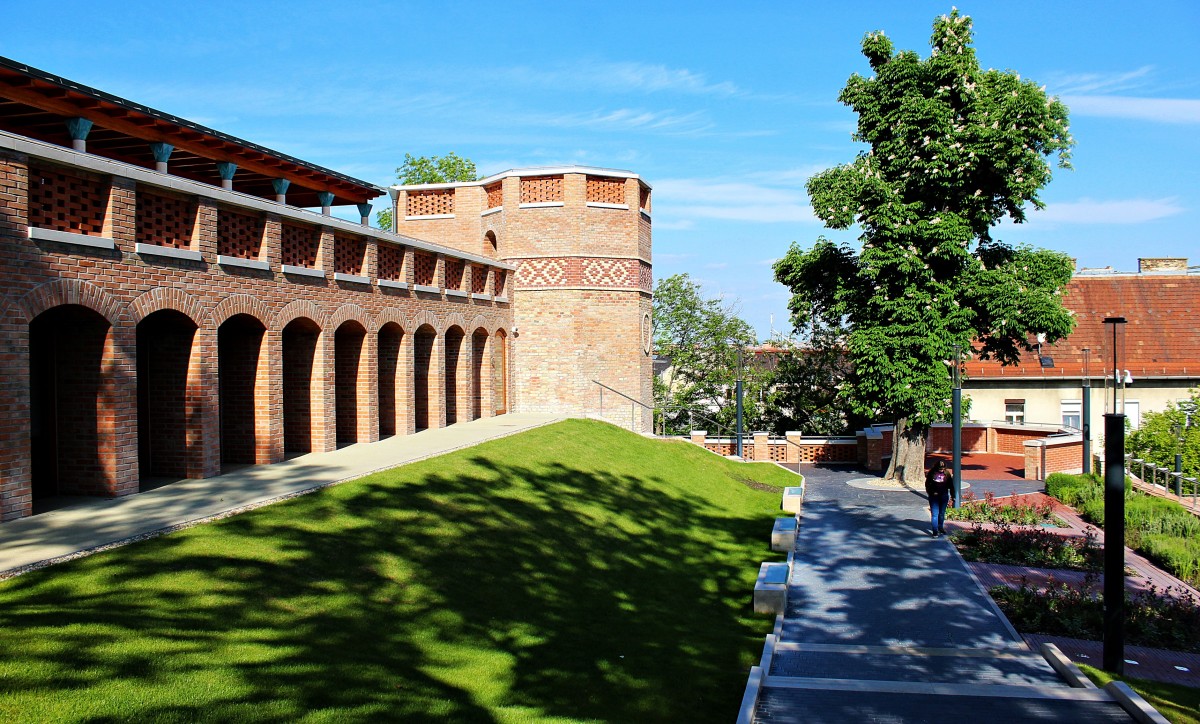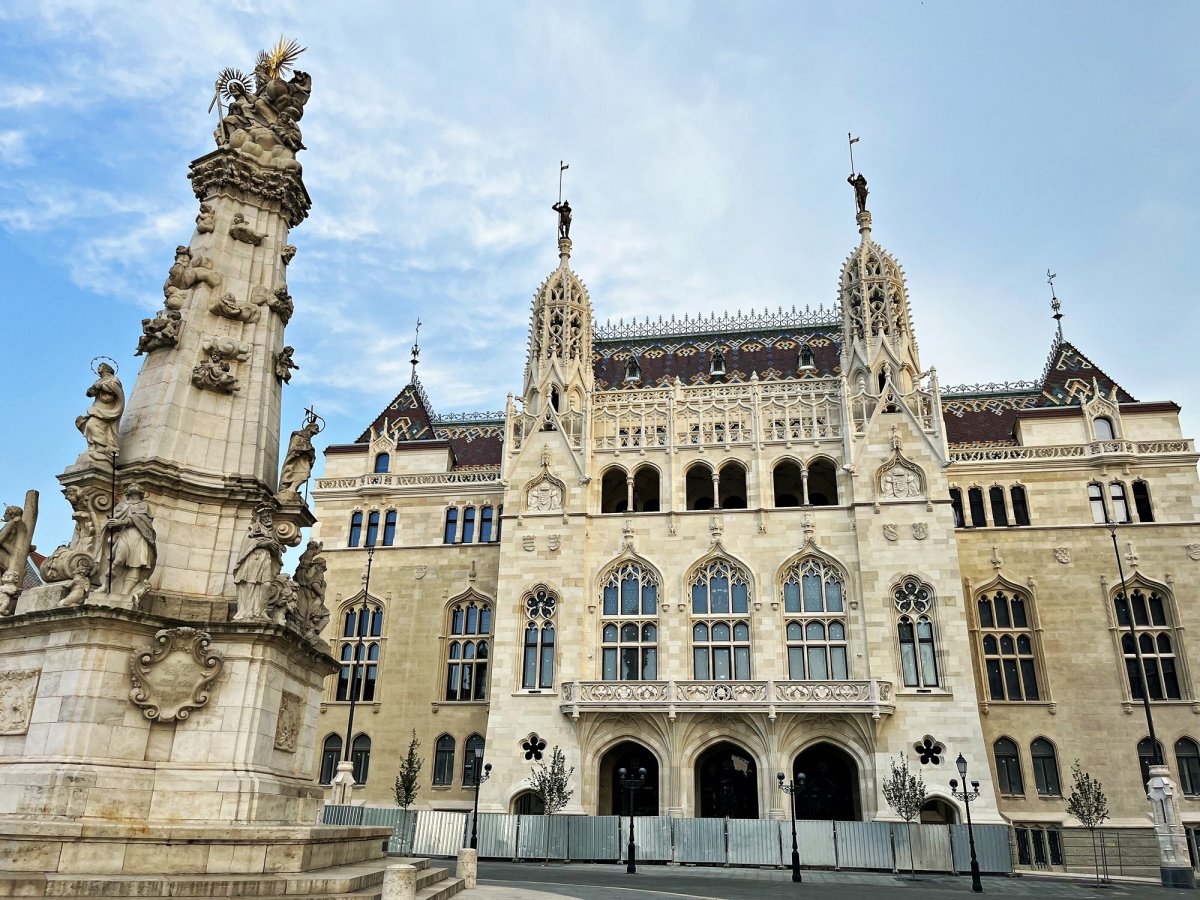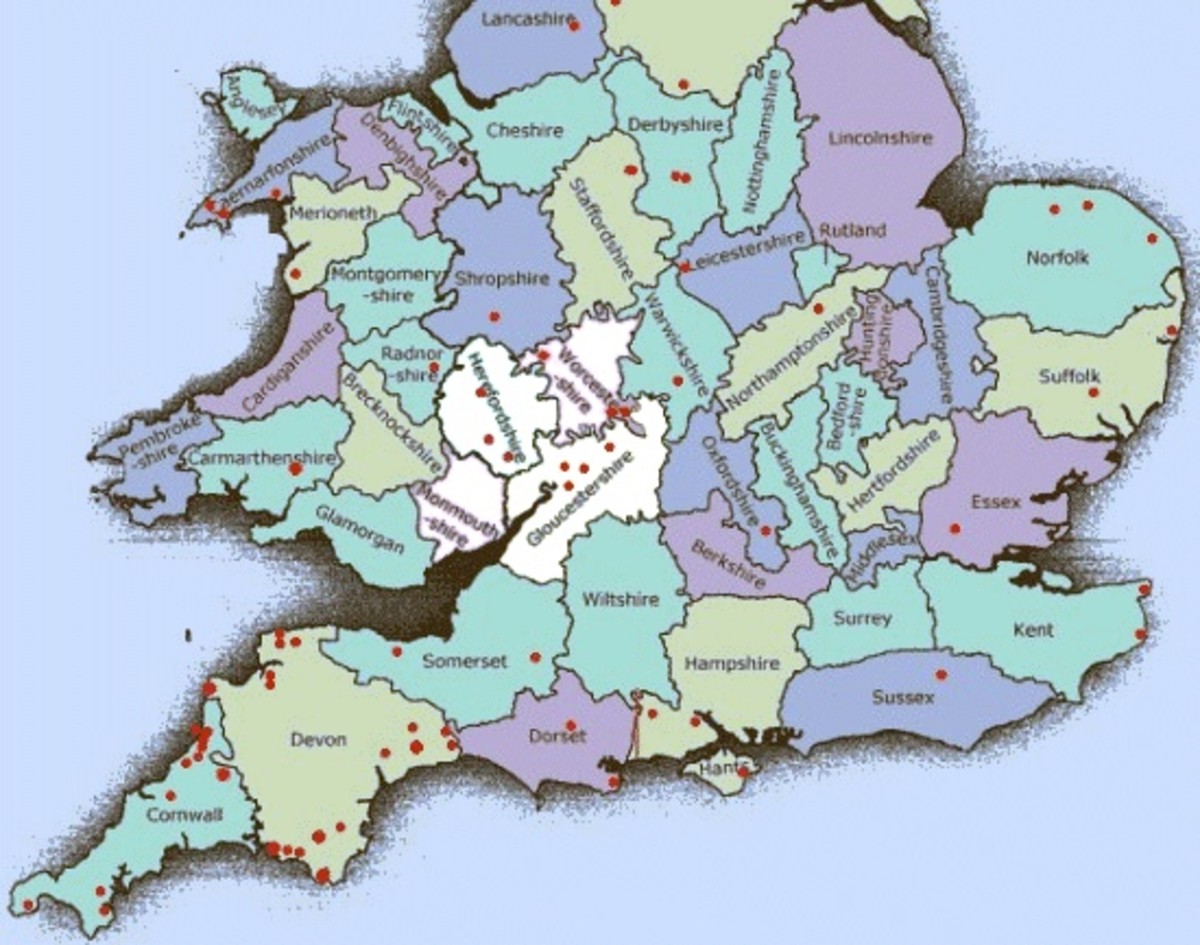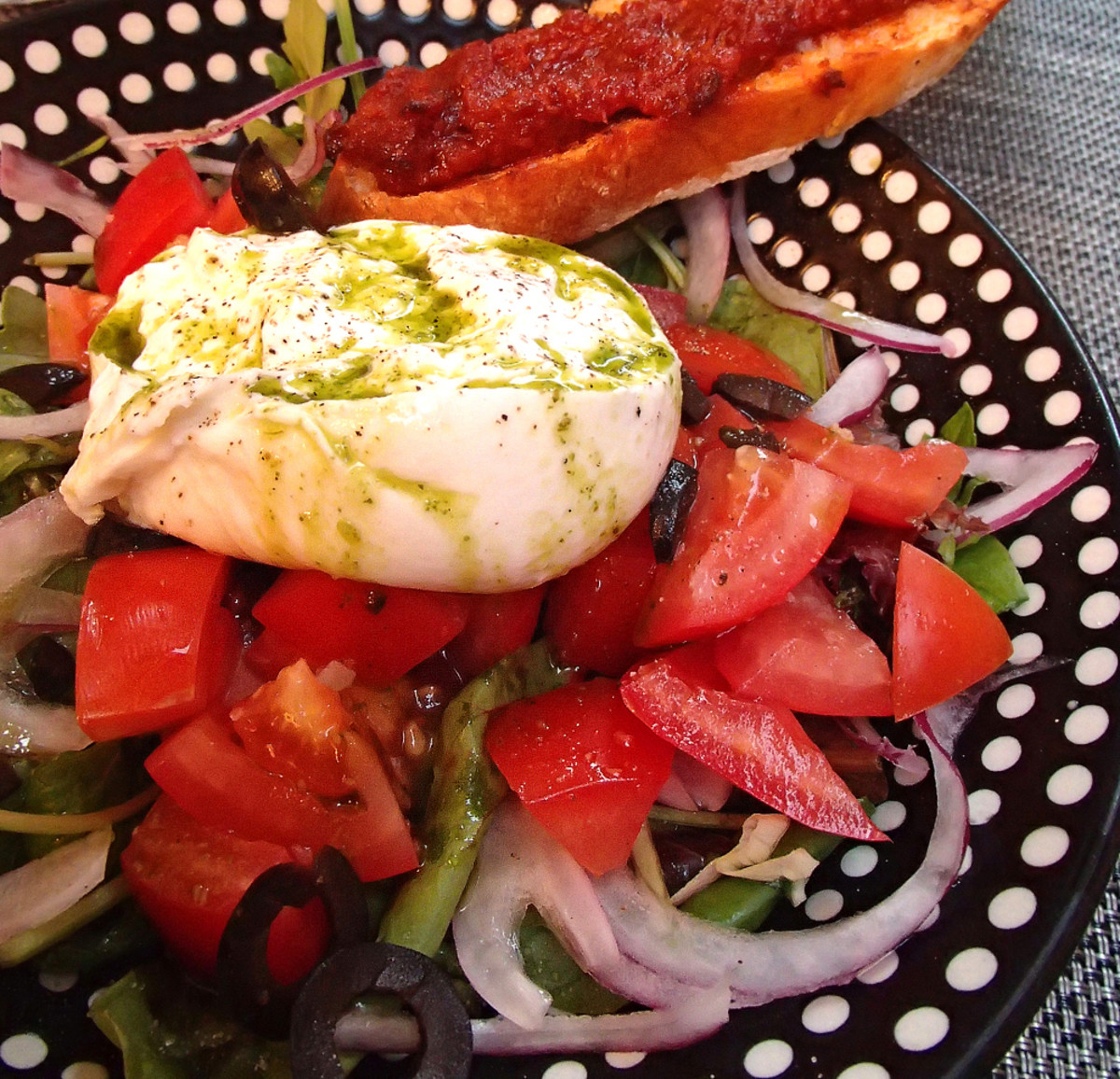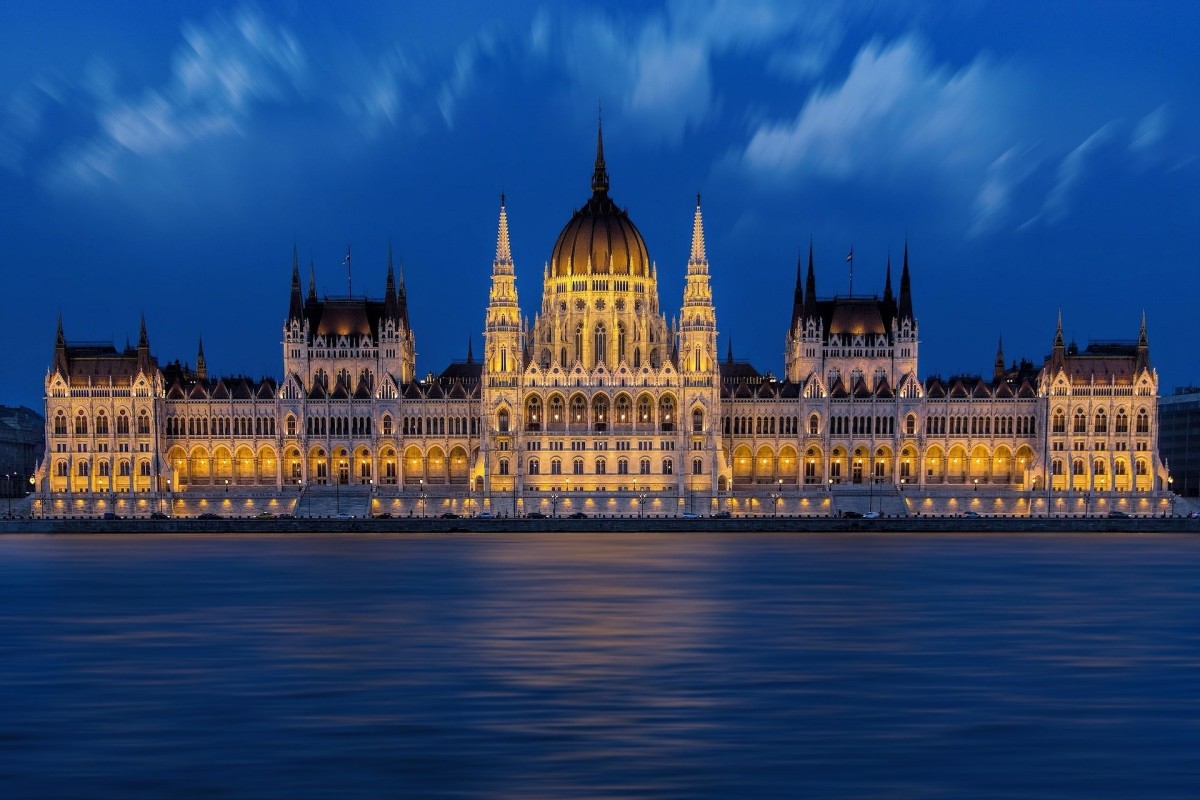History Of Schloss Schonbrunn Or Schonbrunn Palace

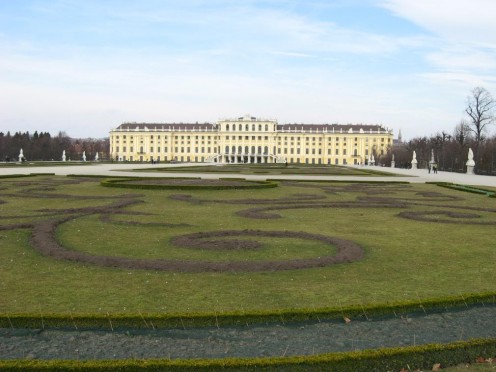
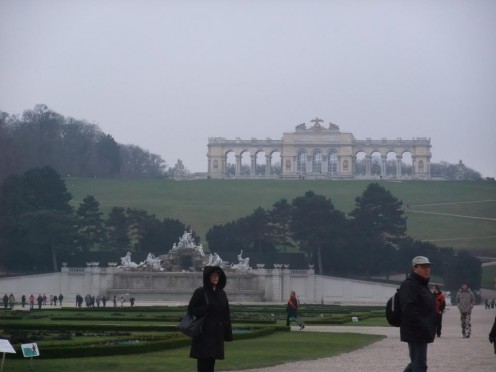
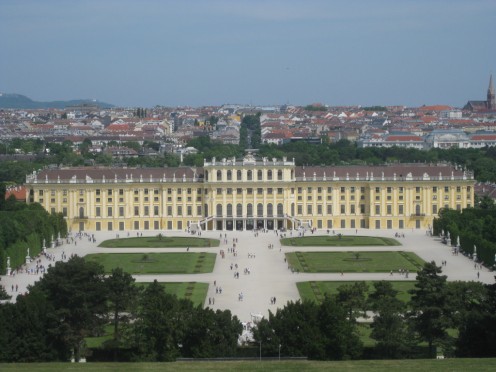
History Of Schloss Schonbrunn Or Schonbrunn Palace
History Of Schloss Schonbrunn Or SchonbrunnPalace
Meaning “beautiful fountain” the palace is named after a spring found by Emperor Matthias (1557 - 1619) while hunting.
The water was exceptionally pure and Franz Josef would serve it as a speciality.
Ferdinand II built a pleasure palace on the site in 1637, but this was razed by the Turks in 1683.
In 1696, Leopold I commissioned the building of a summer palace for the Habsburg monarchs. He had intended for it to stretch all the way back to where the Gloriette now overlooks the gardens, intending to dwarf Louis XIV’s palace at Versailles, but this proved too expensive. The present “less elaborate” building was begun instead. This is the start of the history Of Schloss Schonbrunn or SchonbrunnPalace as we know it.
The Empress Marie Therese moved her court here and had the building renovated and extended to house 2,000 rooms, a chapel and a theatre before having it repainted in her favourite shade of yellow, to this day known in Vienna as “Marie Therese yellow”.
Obelisks topped by Napoleonic eagles frame the gateway, and the interior is suitably majestic with gilded chandeliers, frescoes and huge crystal mirrors.
Marie Therese held secret consultations in the round Chinese Room, which had built into it a ‘through-floor’ dining table which could be raised fully prepared (no need for servants) and then dropped out of sight to avoid disturbing conferences.
Schloss Schonbrunn Or Schonbrunn Palace has been intricately involved in the to-ing and fro-ing of European life
Mozart played his first concert here, aged 6, for Marie Therese in the Mirror Room.
Napoleon lived here between 1805 - 1809.
The Palace was used as a ballroom by the Russians, British and Austrian sovereigns during the Congress of Vienna in 1815, whilst dividing- up the spoils of the Napoleonic Empire.
During WW II a bomb fell through the ceiling in to the main gallery but amazingly did not explode! (However secondary bomb damage required restorations not completed till 1955).
The Soviet army used Schloss Schonbrunn or SchonbrunnPalace as their HQ in 1945, before the Allied Command commandeered it from 1945 - 1948.
Kennedy and Khrushchev met here in 1961
There are now only 1,441 rooms, mostly rented-out for conferences or concerts. Only 42 are open to the public
The gardens are arranged in a grid & star pattern with the Neptune fountains added between 1772 - 1780, and house a butterfly house, the oldest zoo in Europe (only small but dating back to 1752) and the Wagenberg Imperial Coach Collection in the western courtyard.
Crowning it all off sits the Gloriette - a monument to Austrian glory - now a coffee house. The history Of Schloss Schonbrunn or SchonbrunnPalace has been an integral part of Vienna’s, The Hapsburgs and Austria’s history.
My name is Robee Kann, for four years I was a tour guide throughout Europe. I loved my job and I would love to hear from you. You are most welcome to message me to say hello or request a hub about a European subject. Please look at my other hubs and leave a comment for me.
My Other Hubs About Austrian People and Places
Please check out my other hubs about Austrian People and Places
Mauthausen Concentration Camp or Mauthausen Konzentrationslager
The Complete History Of Vienna Capital Of Austria

